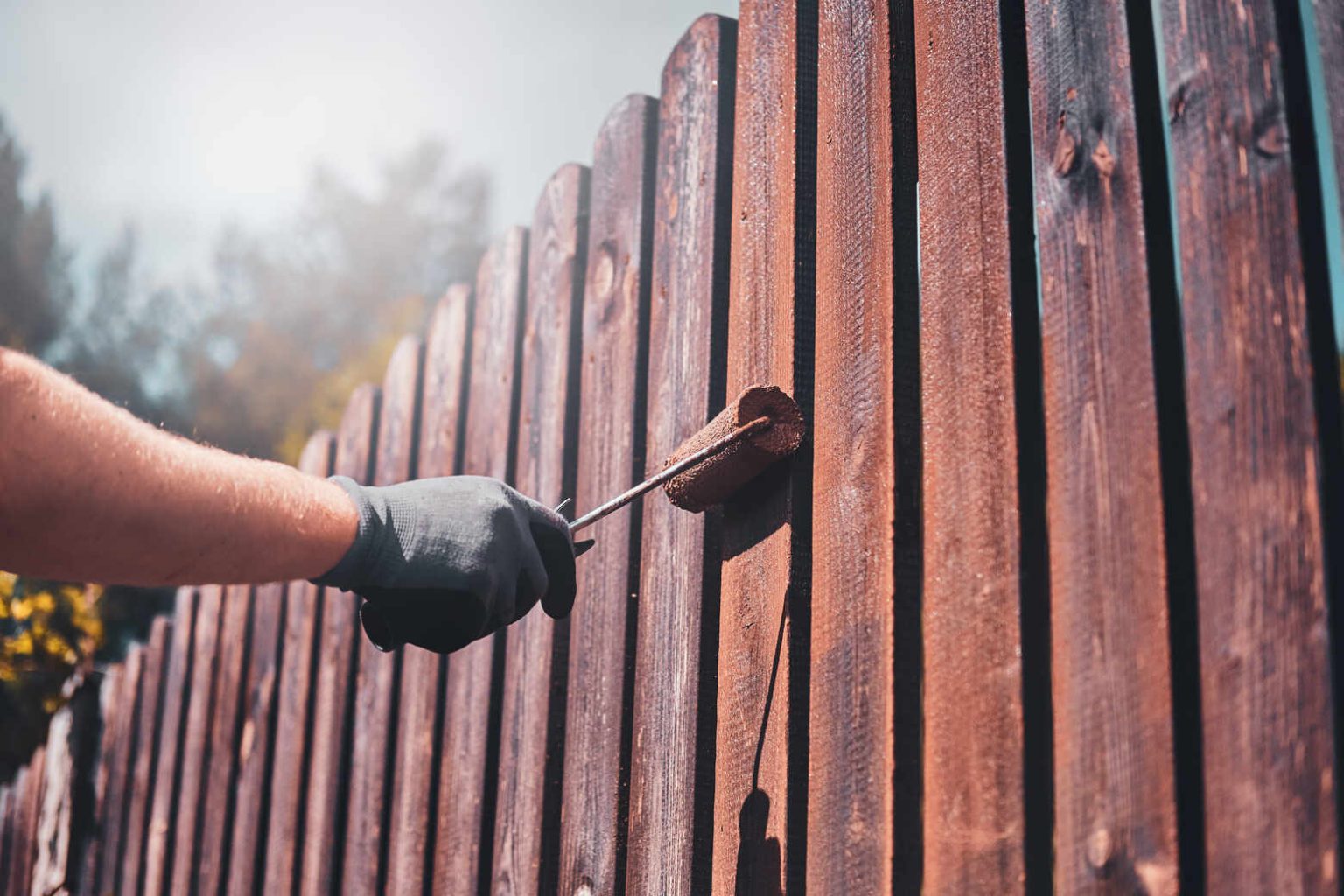The Ultimate Guide to Deck Staining
Whether you are a seasoned Do it yourself enthusiast or a home owner looking to enhance the appeal of your deck, recognizing the subtleties of correct deck staining is crucial. As we navigate with the complex process of deck staining, you will certainly uncover very useful insights that will not just elevate the visual allure of your deck but also guarantee its resilience for years to come.
Relevance of Deck Prepping
Appropriate deck prepping is essential to make certain a durable and effective discoloration process. Before diving into staining your deck, taking the time to prepare the surface effectively can make a considerable difference in the final outcome.
After cleansing, it is important to allow the deck sufficient time to dry completely prior to continuing with the staining process. Dampness trapped in the timber can prevent the tarnish from effectively sticking, bring about a unequal and patchy finish. In addition, inspect the deck for any loosened boards, nails, or screws that may require to be tightened up or replaced before staining to ensure a smooth and secure surface area.
Taking the time to prep your deck vigilantly can result in a wonderfully tarnished deck that not only enhances the visual allure of your exterior space yet likewise shields the wood, expanding its life expectancy.
Picking the Right Spot
After extensively preparing your deck surface area, the next important action is selecting the proper stain to accomplish both aesthetic enhancement and long-lasting protection. When selecting a tarnish for your deck, consider the kind of timber you are working with, the preferred color and finish, along with the degree of maintenance you want to commit to in the future.
There are typically 2 major sorts of deck discolorations: water-based and oil-based. Oil-based stains pass through deeper right into the timber, offering excellent defense against dampness and UV rays. They typically use a richer color yet may need even more time to dry. On the various other hand, water-based spots are extra ecologically friendly, dry much faster, and send out less odors. They are simpler to cleanse up but may not use the same degree of sturdiness as oil-based discolorations.
Ultimately, the ideal tarnish for your deck will certainly depend on your individual preferences, the environment in your area, and the quantity of upkeep you agree to carry out to maintain your deck looking its best.
Correct Stain Application Methods

Next, choose the right devices for the task. A paintbrush, sprayer, or roller can be made use of depending upon individual preference and the dimension of the deck. When applying the discolor, operate in small areas, following the wood grain to make certain an even layer. Bear in mind drips and overlap each pass a little to avoid irregular coloring. Enable the initial coat to completely dry completely prior to applying a second layer if necessary. Lastly, maintain the deck by routinely cleansing and reapplying stain as needed to maintain it looking fresh and protected.
Keeping Your Tarnished Deck
To preserve the appearance and toughness of your deck's discolor, regular upkeep is crucial. Correct upkeep not only maintains your deck looking its best but likewise aids expand the life of the discolor, securing the wood from the aspects. By staying aggressive with maintenance, you can delight in a perfectly stained deck for years to come.

Troubleshooting Common Discoloration Issues
Routine maintenance of your stained deck is crucial not just for maintaining its look and resilience yet also for addressing common discoloration issues that may develop over time. Despite your best shots, problems like peeling, fracturing, or uneven shade circulation can take place. One common problem is incorrect prep work, such as stopping backyard fence installation working to tidy and completely dry the deck effectively before staining. This can result in poor bond and premature peeling. To troubleshoot, strip off the existing tarnish, clean the surface area completely, and allow it to dry entirely prior to restaining. Another constant issue is over-application of stain, leading to a thick, sticky layer that won't correctly completely dry or cure. In this case, eliminate excess discolor with a brush or cloth and permit the deck to completely dry properly. Furthermore, if you observe irregular coloring, it might be due to improper application methods. To fix this, consider applying a second coat utilizing constant strokes and making sure also protection. By promptly identifying and addressing these usual discoloration concerns, you can keep a gorgeous and durable finish on your deck.

Verdict
By completely prepping the deck, selecting the ideal discolor, using it appropriately, and routinely maintaining it, you can make sure a long lasting and stunning surface. Following these standards will certainly help you accomplish a magnificent discolored deck that you can delight in for years to come.
Whether you are a skilled DIY enthusiast or a house owner looking to boost the appeal of your deck, recognizing the subtleties of proper deck staining is vital - pressure washing near me. As we navigate with the detailed process of deck staining, you will certainly discover indispensable understandings that will not just boost the visual charm of your deck but likewise ensure its toughness for years to come
Routine maintenance of your tarnished deck is important not just for preserving its look and resilience however also for addressing typical staining issues that might arise over time. In this instance, remove excess tarnish with a brush or fabric and allow the deck to completely dry properly. By extensively prepping the deck, choosing the best discolor, applying it properly, and on a regular basis keeping it, you can make wood fence installation san diego certain a gorgeous and sturdy backyard fence installation finish.